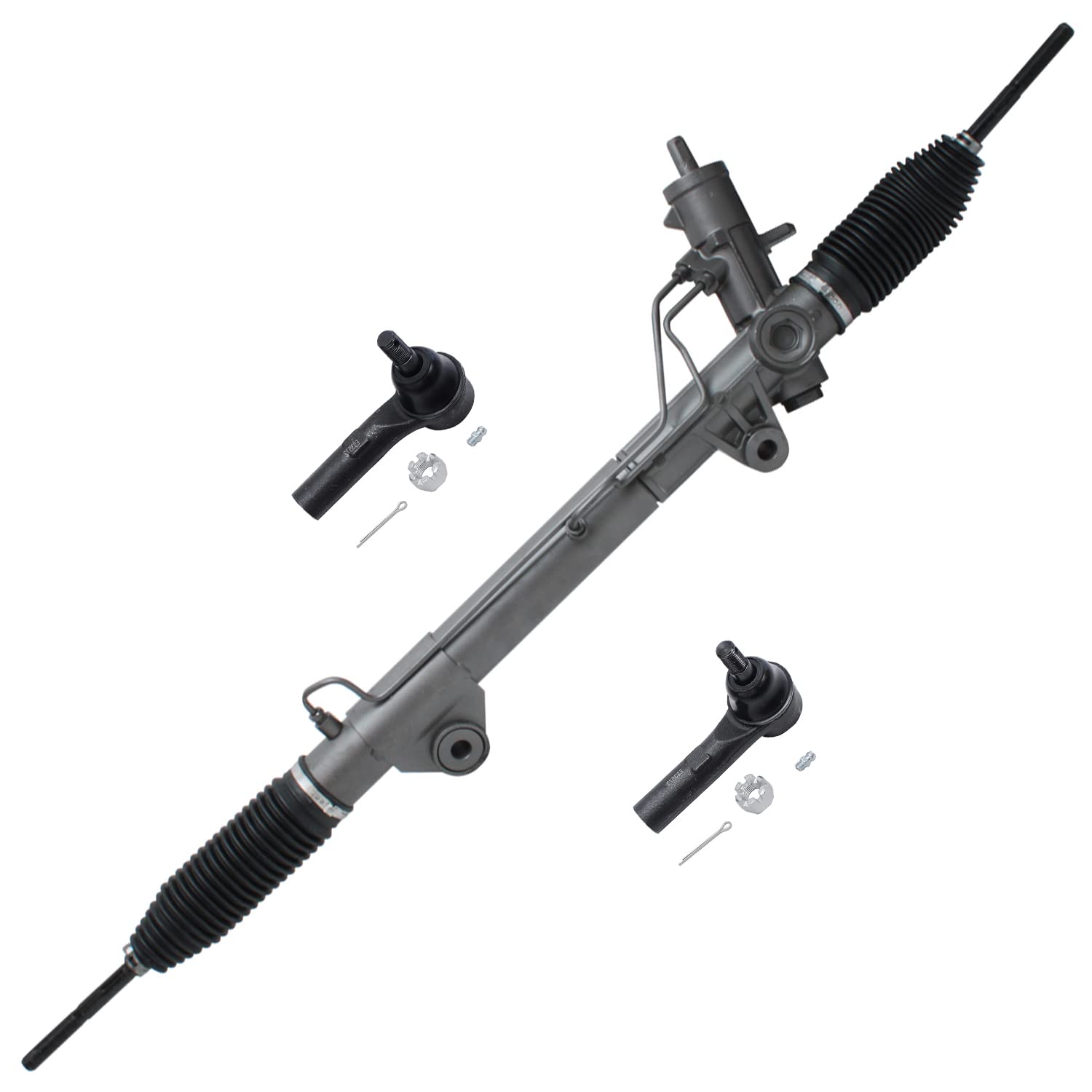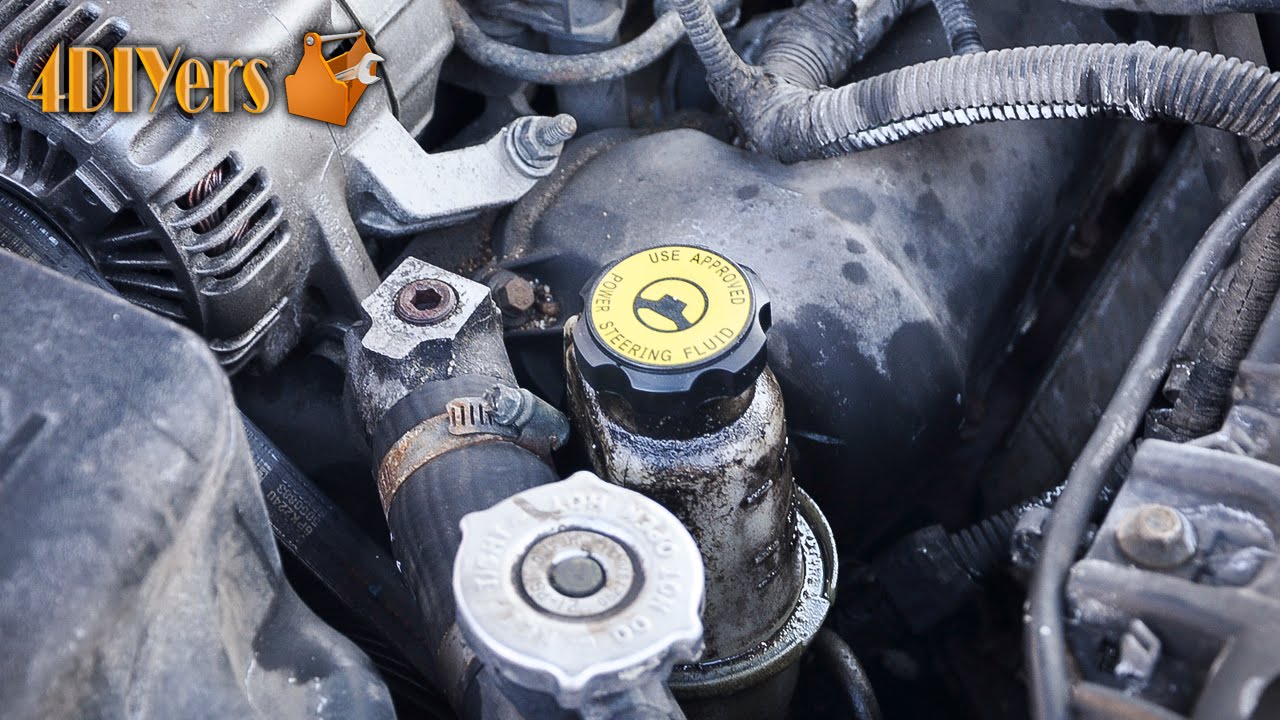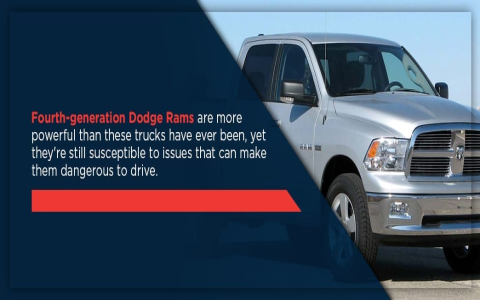When your 2000 Dodge Dakota Sport 4x4 steering feels loose, unresponsive, or wanders, several common issues related to its age and solid front axle design could be at play. Here are the primary culprits and solutions:
Diagnosing the Problem
- Vague Steering / Wandering: Points to worn linkage parts, loose gearbox, or alignment problems.
- Excessive Play in Steering Wheel: Suggests worn tie rod ends, drag link ends, loose gearbox adjustment, or frame flex.
- Shaking/Vibration ("Death Wobble"): Often caused by worn track bar bushings/ends, unbalanced tires, or worn ball joints.
- Groaning/Stiff Steering: Low power steering fluid, failing pump, or loose/worn serpentine belt.
Common Causes & Solutions
Steering Linkage Wear
- Tie rod ends and drag link ends wear, creating slack. Visually inspect for torn boots and grab rods to check for play. Solution: Replace worn tie rod ends and drag link ends.
- Worn Pitman Arm (where drag link attaches to gearbox) or Idler Arm (passenger-side pivot). Solution: Replace damaged components.
Steering Gearbox Issues

- Loose Mounting Bolts: Check the bolts securing the gearbox to the frame. Solution: Torque to factory specification.
- Worn Gearbox Sector Shaft: If linkage is tight but play remains at the pitman arm, the box is likely worn. Solution: Gearbox rebuild or replacement.
- Improper Adjustment: While possible, avoid DIY sector shaft pre-load adjustment as improper setup can ruin the box.
Track Bar Problems (Critical for Stability)
- Worn frame-side or axle-side bushings/ball joints allow lateral axle movement. Solution: Replace worn bushings, ends, or the entire track bar.
- Loose Mounting Bolts: Check both frame and axle mounts. Solution: Tighten or replace hardware.
Ball Joints
- Worn upper or lower ball joints cause wheel instability and shake. Jack up axle and use pry bar under tire to check for vertical play. Solution: Replace ball joints in pairs.
Steering Stabilizer Shock
- Although it masks underlying problems, a worn stabilizer shock allows vibrations to reach the steering wheel. Check for leaks or damage. Solution: Replace the stabilizer.
Power Steering System
- Check fluid level (ATF+4). Low level indicates leaks (hoses, pump, box). Solution: Top-up fluid, find and repair leaks.
- A whining pump often signals impending failure. Solution: Replace power steering pump.
- Inspect belt tension and condition.
Tires & Wheels

- Incorrect tire pressure, uneven wear, or imbalance cause instability and shake. Solution: Check pressure, rotate/inspect tires, rebalance.
- Check for damaged wheels or lug nut tightness.
Frame Cracks (Less Common but Critical)
- Inspect the frame around the steering box and track bar mount for fatigue cracks, especially if you hear clunking. Solution: Professional welding repair.
Recommendations
Prioritize checking the track bar bushings/bolts and linkage components, as these are frequent failure points. Due to interconnected parts, replacing one worn component often exposes others. Address Death Wobble immediately – do not continue driving. If diagnostics are unclear or repairs exceed DIY comfort, consult a qualified mechanic specializing in solid front axle vehicles. Always verify wheel alignment after steering repairs.

